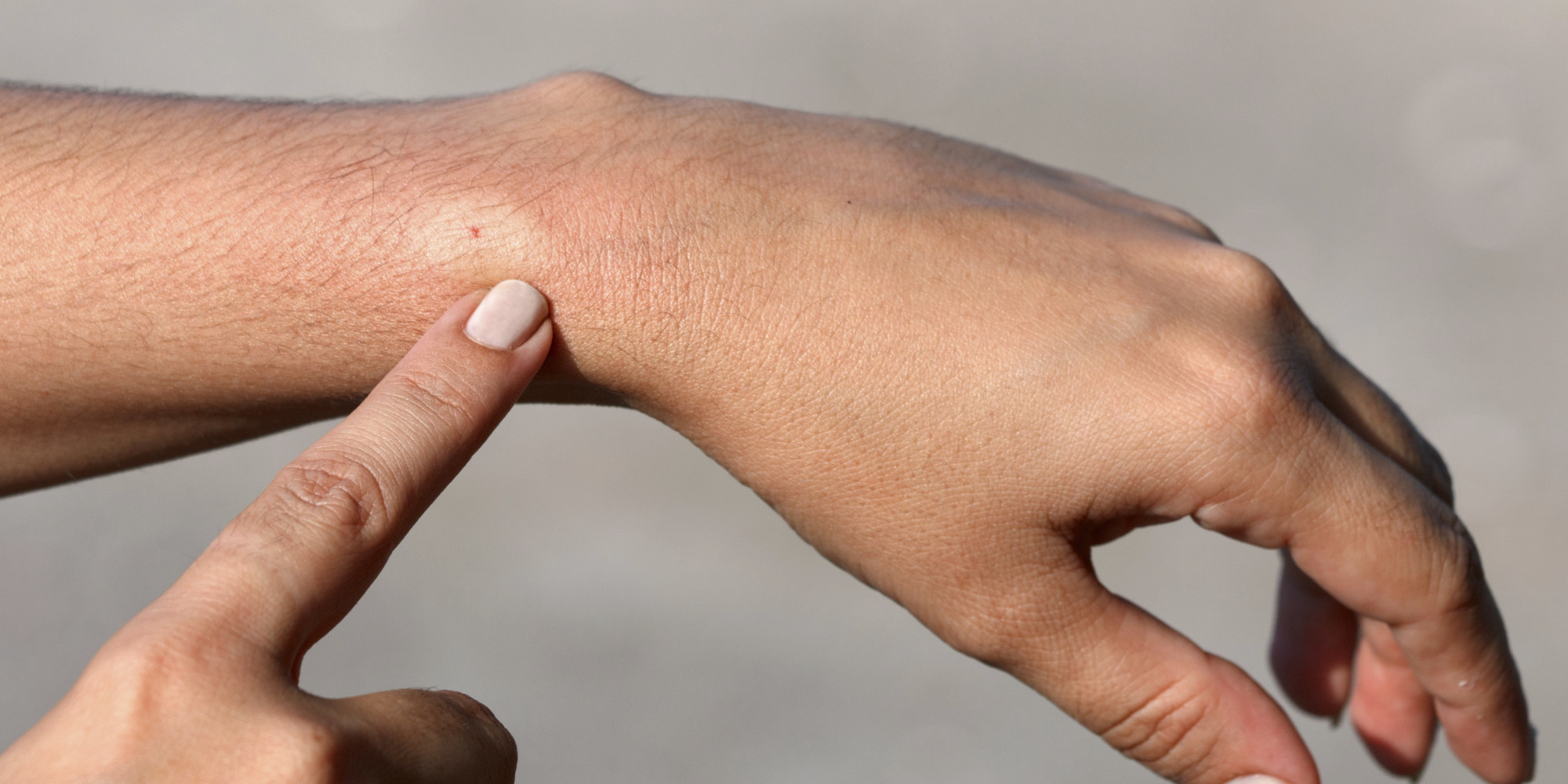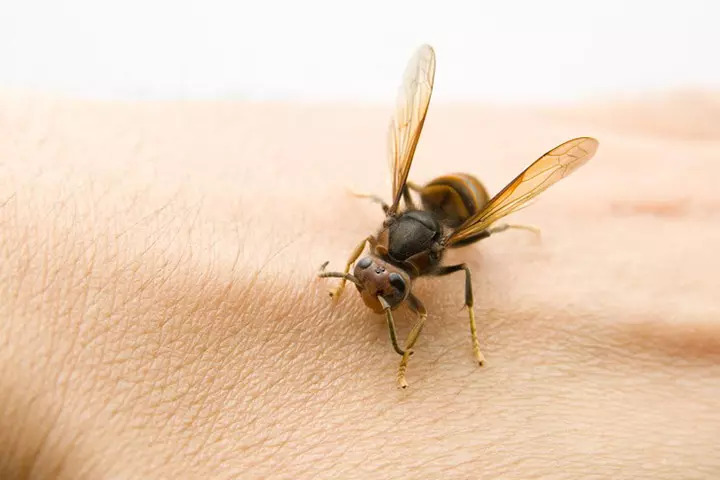Everything you need to Know about Bee and Wasp Stings
Getting stung by a bee or wasp is probably something that
has happened to you before and if not it will probably happen to you sometime
in your life. The most common sting is from a regular honeybee, however
Africanized honey bees, otherwise known as “killer bees” are extremely
dangerous and can be a serious problem when they attack!

Here’s everything you need to know about bee and wasp stings
and how to protect yourself if you do become a victim...
Symptoms of a bee
sting
A regular bee sting
will show the following symptoms:
- An instant sharp, burning pain that goes away after a few
seconds
- A red mark that will swell a bit that can be a bit itchy and painful
- After 48 hours the swelling will peak and it can last for a week
- A red mark that will swell a bit that can be a bit itchy and painful
- After 48 hours the swelling will peak and it can last for a week

However some stings
can show these symptoms:
- Extreme redness and swelling
- Sometimes the whole area, like your whole hand or nose, will swell up
- Rash, fever, nausea, headache and multiple stings can be fatal for children
- Swollen joints that cause pain can occur
- Get help immediately if there is... nausea, vomiting, diarrhoea, dizziness, fainting, difficulty breathing
- Sometimes the whole area, like your whole hand or nose, will swell up
- Rash, fever, nausea, headache and multiple stings can be fatal for children
- Swollen joints that cause pain can occur
- Get help immediately if there is... nausea, vomiting, diarrhoea, dizziness, fainting, difficulty breathing
Dos and Don’ts
Do:
- Stay with the person who has just been stung
- Call the ambulance if you see any signs of an allergic reaction
- Take out the stinger with a piece of gauze or scrape is out with your fingernail
- Always stay calm
- Wash out the area with soap and water
- Put ice, frozen peas or a cold cloth on the sting zone
- Take pain medication if it is really bad
- Call the ambulance if you see any signs of an allergic reaction
- Take out the stinger with a piece of gauze or scrape is out with your fingernail
- Always stay calm
- Wash out the area with soap and water
- Put ice, frozen peas or a cold cloth on the sting zone
- Take pain medication if it is really bad

Don’t:
- Squeeze the stinger out
- Scratch the sting as this will lead to an infection
- Panic
- Pop any blister that may develop afterwards as this can cause a nasty infection
- Scratch the sting as this will lead to an infection
- Panic
- Pop any blister that may develop afterwards as this can cause a nasty infection
Where are bee and
wasp hives most likely to be found?
- Inside hollowed out trees, walls, attics, pipes
- Edges of the rood that overhang a building or a wall
- Bushes, hedges, branches
- Empty containers
- Under logs, rock piles and other areas that are protected
- Inside holes in the ground, such as animal burrows
- Edges of the rood that overhang a building or a wall
- Bushes, hedges, branches
- Empty containers
- Under logs, rock piles and other areas that are protected
- Inside holes in the ground, such as animal burrows

What to do if you
are attacked
- If you ever come across a nest or swarm run away as fast
as you can in a zigzag pattern
- Use your shirt to protect your face, head and neck areas
- Keep running until you have reached a building or a car, well-lit areas will confuse them
- Never jump into water to try and escape as when you come up for air the bees will still be there
- Keep in mind that the more you swing and wave your arms around the more they will attack
- Try not to crush any bees as they will give off a scent that attracts more bees
- Never stand still believing the bees or wasps will not see you
- Try to remain calm and all times, never try to fight the bees
- Use your shirt to protect your face, head and neck areas
- Keep running until you have reached a building or a car, well-lit areas will confuse them
- Never jump into water to try and escape as when you come up for air the bees will still be there
- Keep in mind that the more you swing and wave your arms around the more they will attack
- Try not to crush any bees as they will give off a scent that attracts more bees
- Never stand still believing the bees or wasps will not see you
- Try to remain calm and all times, never try to fight the bees

Make sure you are prepared and ready if you are ever stung
or attacked by a swarm. If you see someone being attacked, call for help by
pressing the SOS button on the PatrolMan app!
Comments
Post a Comment